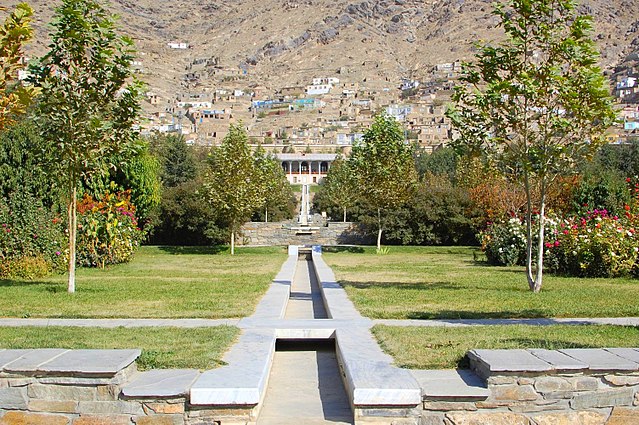The tradition and style of garden design represented by Persian gardens or Iranian gardens is a style of "landscape" garden which emerged in the Achaemenid Empire. The paradise garden, an example of Persian garden, has influenced the design of gardens from Andalusia to India and beyond. The gardens of the Alhambra show the influence of Persian garden philosophy and style in a Moorish palace scale, from the era of al-Andalus in Spain. Humayun's Tomb and the Taj Mahal have some of the largest Persian gardens in the world, from the era of the Mughal Empire in India.
Eram Garden is a famous historic Persian garden in Shiraz, Iran
Gardens outside of the Palace of Darius I of Persia in Persepolis.
Bagh-e Babur in Kabul, Afghanistan
Chehel Sotoun pavilion and garden in Isfahan
Garden design is the art and process of designing and creating plans for layout and planting of gardens and landscapes. Garden design may be done by the garden owner themselves, or by professionals of varying levels of experience and expertise. Most professional garden designers have some training in horticulture and the principles of design. Some are also landscape architects, a more formal level of training that usually requires an advanced degree and often a state license. Amateur gardeners may also attain a high level of experience from extensive hours working in their own gardens, through casual study, serious study in Master gardener programs, or by joining gardening clubs.
Curved garden paths are a common form of hardscaping
Alignment of several compost piles on a composting facility in France
Naturalistic planting design
Garden chairs in Rosenneuheitengarten Beutig in Baden-Baden, Germany








